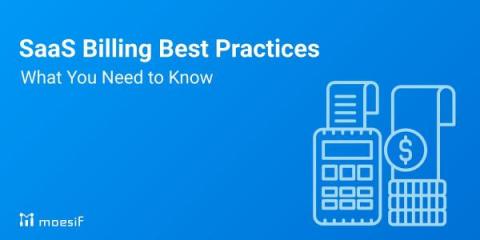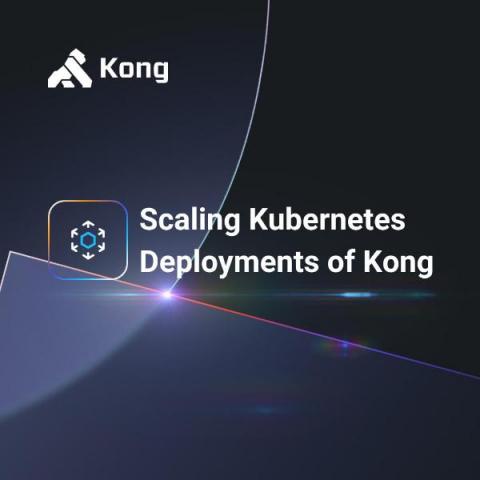Systems | Development | Analytics | API | Testing
API
Solve the Testing Challenges of Lazy Loading
A slow website is a major turn-off for potential customers. To address this, one technique is to load resources only once they are needed on a website, hence the term "lazy loading". Asynchronous, or lazy loading, is a technique where content below the viewport (like images, videos, text, and other objects) is either: This makes your website more efficient and increases your bandwidth, allowing you to deliver a faster and better user experience.
Debugging Production APIs with Postman and Moesif
Debugging APIs can be a challenge for any developer dealing with REST APIs. Trying to create an exact API request, especially for highly complex requests with large bodies and multiple headers, is essential but also tough to do. By using a tool like Postman to create a request for debugging and API testing purposes, you can easily replay an API request with the exact configuration of the original request.
Applying AI in Software Development: Best Practices and Examples
[Webinar] Mastering API Testing with Testsigma
SaaS Billing Best Practices: What You Need to Know
Having the right pricing model and billing software is extremely important for any SaaS company. Setting up a recurring billing solution for your SaaS product users may seem like a lofty goal, but can be easily tackled with the help of subscription billing software: One thing is certain: doing it manually or with software that is not geared for on-demand software is a waste of time and company resources.
Kong is a 2023 Customers' Choice in Gartner Peer Insights Voice of the Customer for Full Life Cycle API Management
Today we’re honored to announce Kong has been recognized as a 2023 Customers’ Choice in the Gartner® Peer Insights™ for Full Life Cycle API Management. We believe this endorsement highlights the trust and passion Kong’s customers have for Kong’s cloud native API platform to deliver speed and scalability, unleash developer productivity, and ensure security and governance But hey — don’t take our word for it.
A Day in the Life of an SDET: How to Use Automation to Improve Your Workflow
Software testers, or SDETs, have several responsibilities in today's QA-driven software industry. In addition to collaborating with developers to plan and execute tests, they are often responsible for setting up and maintaining continuous integration (CI) processes, analyzing test results, and generating reports for stakeholders. In this article, you'll learn about the evolution of the SDET role and how automation and artificial intelligence (AI) can help improve efficiency.
Thrilled to Announce DreamFactory's New G2 Category: Revolutionizing APIs!
Best Practices for API Design Guidelines
Creating API design guidelines is a common practice for many enterprises. The goal? Ensuring that all teams involved in API development will adhere to them. However, this goal is often not achieved, as developers may not take the time to read, study, and apply these guidelines. To address this issue, API design guidelines should be seen as the foundation to create high-level tools and services that enable developers to focus more on business logic and less on API integration boilerplate.











